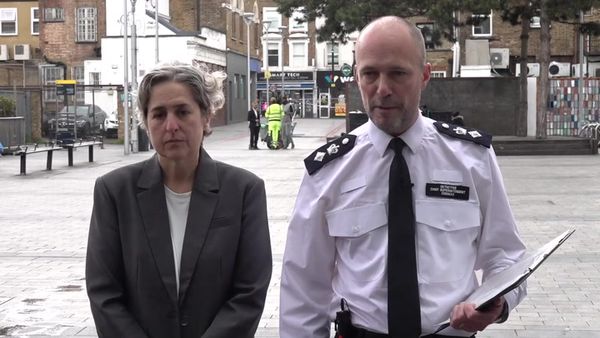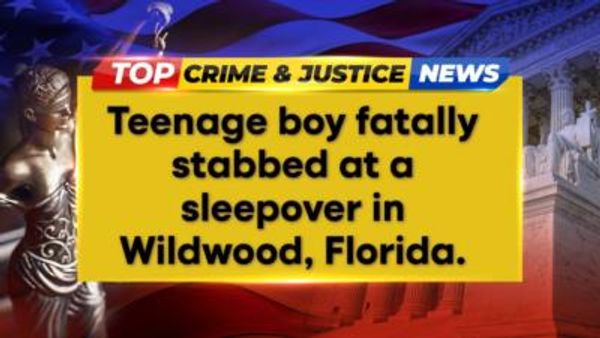
It’s been more than three decades since 21 people died in a bus crash along the Pacific Highway – but every time David Bancroft drives past the site, he smells pineapple juice.
It’s a fleeting reminder of the carnage he witnessed as a reporter for a local radio station when he arrived at the scene of the crash one October morning in 1989.
A truck had collided with a coach carrying 45 passengers near Grafton. The truck had been carrying pineapple juice which spilled across the road as emergency responders raced to save who they could.
“There was this overwhelming smell of pineapple juice and fear,” Bancroft recalls. “You never drive past without thinking of it, ever.”
For people like Bancroft who were on the scene after Australia’s deadliest crashes, Sunday’s bus crash in the Hunter Valley that killed 10 people has brought back memories – and prompted them to reflect on how it affected their lives.
“Coming to terms with it is the hardest part,” says Bancroft. “For anybody affected by the Singleton crash [on Sunday], I would so much encourage them to take whatever counselling is available.
“They might not even realise now that they need it. It could be that it’s one year, two years, three years down the track, and something will happen that will trigger it and they’ll think, ‘oh God, I haven’t really dealt with that properly’.”
‘I was never the same person’
When the Grafton bus crash happened on the New South Wales north coast, it was the worst road fatality incident in Australia’s history.
Unlike Sunday’s crash, where many of the victims were locals, those affected by the Grafton crash hailed from across the country.
But it still left a mark on the town, particularly for local emergency responders, who say they were offered no mental health support.
Two years after the incident, the region’s SES controller at the time, Bryan Robins, medically retired with PTSD after 26 years in service.
“I was never the same person,” says Robins. “There was this feeling of failure because we couldn’t cope. There were too many people and not enough help.
“It took me years and years, probably decades, to get to a point where I could say to myself ‘I really feel OK now’.”
Two months after the Grafton bus crash, Robins turned on the news to see another bus crash had happened on the Pacific Highway. This time, it was even deadlier.
Two buses had collided in Clybucca near Kempsey on the NSW mid-north coast, killing 35 people. It remains Australia’s worst road accident.
“My heart just fell through the floor,” he says.
When Robins told his bosses he was having suicidal thoughts after the accidents, Robins says they told him to “be a man, drink alcohol”.
Robins sued the state government for failing in its duty of care after he raised concerns about the mental health of his team. The case ended in his favour with a “small” out-of-court settlement.
He also wrote letters to the NSW government, asking for the volunteers who responded to the Grafton and Kempsey crashes to be recognised for their work. The Grafton crash volunteers were recognised in 2014, but the responders to the Kempsey crash are yet to be recognised.
“It has been triggering for me to see another crash has happened,” says Robins. “I have taken some comfort in knowing hopefully the help is there so that no one else will have to go through what I went through.”
Support even after the cameras go
Of course, things have changed since 1989.
When the NSW health minister, Ryan Park, visited the site of the Hunter Valley bus crash site on Wednesday, he said emergency workers and the community would get access to mental health support.
“We know with trauma like this it’s often in the weeks and months ahead, not necessarily the days, where people need the most support. What we have got to do is make sure that when the cameras go, when the lights and sirens stop, that the support remains,” he said.

The premier, Chris Minns, has also said he is open to legal changes around seatbelts if the investigation shows they are needed.
“[If] there’s a recommendation made to us about law changes in relation to safety on buses or coaches or in cars and vans in NSW, we’ll of course take action,” he told the ABC on Tuesday.
After the Grafton and Kempsey crashes, both coronial inquests recommended the Pacific Highway between Sydney and Brisbane be upgraded to a dual carriageway to improve safety.
But it took a concerted push by those affected by the crashes for it to be done.
Dr Ray Jones, who was the first medic on the scene of the Grafton crash, and survivor Angela Ormesher, who lost five family members in the accident, spent more than 20 years campaigning for the government to listen to the coronial inquest’s recommendation.
In 2012, after a child was killed when a truck collided with a ute on the highway and then smashed into the boy’s home, the campaigners staged a protest and blocked the highway. Three weeks later, the government announced the highway would be upgraded.
It was completed three years ago.
At an anniversary memorial service for the Grafton crash around seven years ago, the daughter of the truck driver – who also died at the scene – attended to pay her respects, Bancroft says.
When Ormesher, who has since died, found out the driver’s daughter was there, she walked over and hugged her.
“It was just so touching, like saying this is not your fault,” Bancroft says. “We all suffered in this.”
• In Australia, support is available at Beyond Blue on 1300 22 4636, Lifeline on 13 11 14, and at MensLine on 1300 789 978. In the UK, the charity Mind is available on 0300 123 3393 and Childline on 0800 1111. In the US, Mental Health America is available on 800-273-8255







